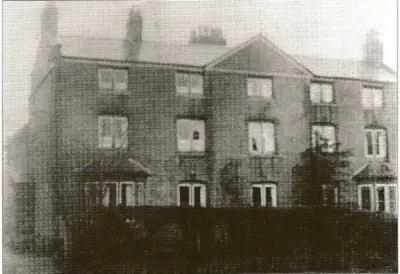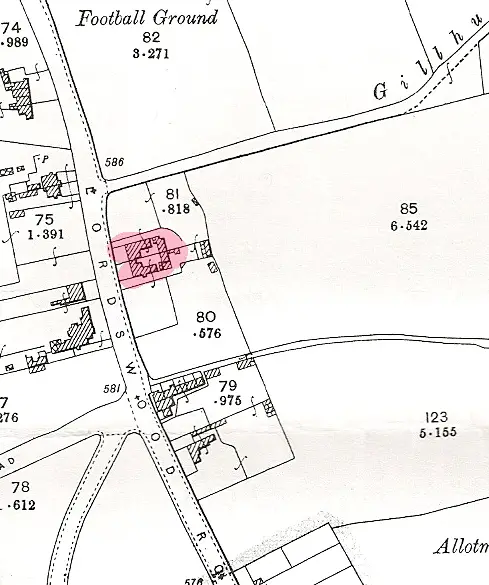Aidan
master brummie
Well lets hope one of the Directory or other Experts are watching this thread and can suggest what the current Weekin Works factory on Park Hill Road Harborne used to be, as the architecture certainly looks victorian or poss Edwardian.
Swivelling the Streetview Image to the left gives a lovely shot of the Harborne Railway bridge - a fave landmark
Swivelling the Streetview Image to the left gives a lovely shot of the Harborne Railway bridge - a fave landmark



